|
The Grootvadersbosch Conservancy is home to three different veld types, one of them is the Afromontane forest. Along the Langberg mountain range these patches occur in an array of sizes. Sadly, like much of the vegetation in the Western Cape, these pockets are threatened by invasive plant species and the expansion of human activities, including agriculture. Where the conditions support forest habitat, we try to re-establish forest species that will eventually assist in restoring some of these afromontane forests.
Our rehabilitation includes the use of a nursery where we cultivate seedlings and nurture small indigenous plants. We carefully remove a few small tree seedlings from mature and healthy forests, place them in containers and nurture them until they are mature enough to be planted back in the field. There are around 23 different species in our nursery, all irrigated daily and monitored closely by Twakkie (Goliath Highburg), the manager of our nursery. We asked Twakkie to share some important lessons that he has learnt from his experience with the nursery: A big issue that he has to deal with on a daily basis is the onslaught of the bushbuck. We treasure and adore our bushbuck. Often, we catch glimpses of them moving through our conservancy, and when we are not viewing them in our forests, we are scrolling through plenty of camera trap images of them. However, they are under the impression that any newly planted seedlings have been introduced just for their consumption. Twakkie has found that they will choose to browse on a newly planted tree from the nursery over an older plant of the same species. Much like us, they like new fresh food! The following list are some of the different ways that Twakkie tries to deter them:
While we do plant out seedlings from our nursery, Twakkie has also found that nature is often the best rehabilitator and we can simply help to support this process. Instead of actively planting seedlings from a nursery, it may be best to focus on protecting clusters of adult trees close to a cleared area. Birds or baboons will eat the seeds from these mature trees and disperse the seeds. Over time, the tree species will germinate and the forest will return, naturally. Ensuring that the area remains clear of invasive plants and giving nature a chance to recover may be more effective and less costly than actively trying to propagate and plant out tree seedlings. Twakkie has also been involved in rehabilitation where we maintain a canopy of mature invasive trees that provide a pioneer environment to shelter the young tree seedlings that have naturally germinated. Over time, the indigenous trees become more dominant and the invasive trees are then slowly removed. We are learning new things every day and there is no clear recipe for successful forest rehabilitation. These are just some of his lessons from our area. Comment below on what lessons you have learnt, we are always looking for new and interesting ways to aid our success! Any advice would be appreciated.
0 Comments
World bee day is a celebration honouring our bee-utiful buzzing friends, it aims to highlight the importance of bees and beekeeping. In in the spirit of today’s theme we decided to interview our Chairman, John Moodie about bees. John has been beekeeping for the past 50+ years across South Africa and has held many prestigious positions; edited bee journals and been involved in bee related events. How many bee species do we find in South Africa? There are 24 races (Race is below subspecies) of honeybees globally – Africa has ten of these. For our purposes, South Africa has two races Capensis and Scutellata. Capensis is a unique honeybee in the fynbos area that can clone itself – called thelytokous parthenogenesis. For this reason, there is a ban on moving bees in South Africa from one zone to another. Research is ongoing on the Cape Honeybee and recently a specific gene which enables this behavior was identified. What do you believe will happen with the decline of bee populations? I am not sure if there is a decline in the Southern Hemisphere. If so, it is minimal. The issue is that honeybees are becoming more and more important as pollinators of crops that modern man enjoys eating. Onions, fruits, vegetables, berries, nuts all require cross pollination, and this generally means the service of managed honeybees that are moved into crops to ensure seed set. So, the ‘shortage’ may be simply a huge demand for honeybees to cover the increased number of crops needing honeybee pollination. In addition, these crops are often sprayed with pesticides and fungicides which have a detrimental effect on honeybees as well as the targeted pests. Beekeepers, as a result, may have to keep bees during off season by feeding them in order to have them available for pollination when needed. This will, of course, result in a serious increase in pollination charges levied to growers. There is a lot in the press about the threat to bees and the implications for agriculture and nature, in the South African context, are these exaggerated or very real threats? The threats are very real. The advent of additional bee diseases in Southern Africa have presented severe threats to our bees. Varroa Mite, AFB and the Capensis problem in the northern provinces are challenges which remain serious threats to our bees. The shortage of bee forage to support bees throughout the year is exacerbated by the severe droughts we have been experiencing. Bees are selective forages and not all flower types provide nectar suitable for nectar gathering, mountain fynbos may look beautiful but cannot support many bee colonies - unlike Australia with its generous supply of eucalyptus. The threats are exacerbated by increased demand for pollination and increased usage of pesticide on crops. What should the bee industry and agriculture be doing to try and reduce these threats? Easy to say but almost impossible to implement. Increase bee friendly forage, use less herbicide and pesticide on crops, reduce pollination demands, remove bee pests like wasps, baboons and honey badgers, stop bee hive vandalism and theft, and make sure there is sufficient rain to support the forage we have! Better regulation and training of beekeepers would help but that is also difficult to implement in an acceptable format to a group of farmers who seem to have decided to stay under the radar – sometimes for their survival – other times just to be difficult. What can the public do to help protect honeybees? Bees depend on a clean healthy environment with enough bee forage to support them. The public can do plenty to enhance this. Motives of gain and profit with modern industry and development trends, as well as modern agriculture’s need to compete and survive, makes it unlikely that the honeybees will receive the attention they deserve. Of course, public awareness of the harm that we are doing to our environment is evident everywhere. It is just difficult to persuade the public that this harmful trend needs to change, despite clear evidence the recent global shutdowns have shown. Hugging bees is not going to help. Awareness of the problems facing bees and beekeepers will, however, make a difference. Buy local honey, stop the importation of fraudulent honey which floods the market, offer bee sites with bee forage to registered genuine beekeepers and only apply pesticide sprays in accordance with the label instructions. Any other thoughts on world bee day?
The World Bee Day was declared by the UN in 2017. The document was dated on the 20 May to remember the baptism of Anton Jansa, (born in Slovenia in 1734) who was the author of A Full guide to Beekeeping. In the book he notes: “Bees are a type of fly, hardworking, created by God to provide man with all needed honey and wax. Amongst all God's beings there are none so hard working and useful to man with so little attention needed for its keep as the bee.” It is fitting that we honor this little insect that works so hard for mankind and plays such a vital role in our food chain. A big thank you to John Moodie for sharing his vast knowledge on this important subject. Have a look at worldbee.org to learn more about this special day! The conservancy has several projects on the go at any one time, but the clearing of alien vegetation is the core of our operation. Our team has learnt a lot from many years of clearing alien invasive vegetation in our area. This experience has had its ups and downs, we have struggled, made mistakes, fretted, made great progress, and enjoyed successes. The longer we are in the field the better we become at our jobs and the more we learn and can share some our experiences. Below we have summarized 7 lessons learnt by our project manager, Ricardo Januarie. These lessons are derived from his experience in the Grootvadersbosch area and they may not apply to all contexts. In our area, we implement our alien clearing by contracting the work through 8 small businesses who employ teams of 11 people that are trained in different tasks required for alien clearing operations. We have a long-standing relationship with these contractors, and we work closely with them to ensure the work meets the standards required by landowners and funders. The management of these contractors and their teams is Ricardo’s key responsibility, and these are some of his lessons from many years of working in the field. #1 Follow the rules and read the instructions As a conservancy, we understand that the correct application of herbicide is crucial for effective control of invasive plants and the protection of the natural environment. For that reason, Ricardo is a certified pest control office with the correct training to ensure correct application of herbicide. He frequently emphasizes the importance of following the instructions on herbicide bottles before application. Many people believe that using more herbicide is more likely to control the invasive plants but using the correct volume of herbicide (as stipulated on the label) is always best. Using the incorrect amount does more damage to the surrounding indigenous vegetation than to the targeted alien plants. Do your research beforehand and follow the instructions! Some of his advice on herbicide application:
#2 Preparation is key Contractors do not work on very rainy or excessively hot days. This is because extreme weather impacts on the effectiveness of herbicide and the potential health implications for workers who may be in very remote locations. Contractors must therefore assess impending weather conditions before going into the field. If weather extremes are forecasted, they need to adjust their operating times to work in the hours that are best suited. Monitoring weather conditions is essential to plan workdays and to ensure the number of working hours are met, and the task is completed on time. Another important part of preparation relates to the equipment that is used. Equipment will inevitably fail; and teams need to carry extra parts and spare equipment to rectify make repairs. Issues with equipment can prevent the continuation of work and create a safety issue for those using the equipment. The team needs to be prepared to resolve any issues in field, firstly, to eliminate wasting time as machinery is necessary to complete many of their tasks, and, secondly, to the eliminate extra expense for the contractor, as they will then have to travel back to town from isolated areas to get repairs done on parts. #3 Expect the unexpected Weather forecasts are not always accurate, rain clouds may suddenly roll in, the temperature may soar, there could be an injury on site or equipment could break. A situation can change abruptly, the teams need to ensure that they are flexible, have assessed all risks in advance, and are ready to adapt to anything. Observing the second lesson (ensuring preparation) will assist in complying with this important lesson. #4 Teamwork We work with 8 Contractors who supervise teams of 11 workers. The contracts they undertake stipulate the number of days that must be worked and the size of the area that must cleared, these figures are based on the assumption that all workers will be present for the duration of the contract. There is sometimes an issue with workers not arriving at work without notice or reason (especially on Mondays and Fridays). In order to complete the task, we require that workers be replaced by another worker who has received an induction and training beforehand, so that the contractor can fulfill the criteria within the same time. In cases of genuine illness, we work with the contractor to make sure that the worker at home is paid and the team is able to complete the task. This may require the team to work longer hours or to work more efficiently. #5 Communication and support from landowners We believe that a key part of a successful clearing operation is that landowners are part of the process from the start and that they contribute to the planning and implementation. The law states that alien clearing is ultimately the landowner’s responsibility and so we need to have close communication with them from the start. In our operations, landowners contribute financially which means they are invested in the process. We need to work closely with them and this is not always easy. For example, during sowing and harvesting season landowners are especially busy in the fields and our contractors sometimes struggle to contact them. They sometimes need water to be supplied by the landowners to mix herbicide, this can be difficult when more important things are pressing on a farm. We also need landowners to inspect the work and sign off on its quality before contractors are paid. The combination of gaining authorization from busy landowners, immense paperwork in the government contracting process and multiple reporting bodies often causes delays. Patience is important for everyone involved and good communication is a key part of the process. #6 The benefits of burning Burning an area after clearing removes leftover flammable material. Burning also germinates alien species present in the seed bank. However, once they have started growing one must then remove them as quickly as possible. Fire is also important for certain vegetation types, such as fynbos. You can read more on this topic in two of our other blogs, namely the observed effects of burning alien invasive vegetation (Published on the 04/23/2020) and burning for us and the environment (Published on the 04/22/2020). The key aspect is to plan your alien clearing with fire management and a proper burning regime. #7 Do it sooner rather than later Follow-up of alien regrowth should take place as new growth begins, post initial clearing. Once an area has been cleared and burnt to stimulate germination the follow-up should take place. The longer you leave the regrowth the greater your costs, and the more time will be needed to clear. Below is a simple explanation of the various stages in growth:
We look forward to hearing your comments on our experiences and sharing more lessons we have learnt with you! You can post your comments below or email us-see all our contacts details here.
|
AuthorGVB Conservancy Staff Archives
May 2024
Categories |
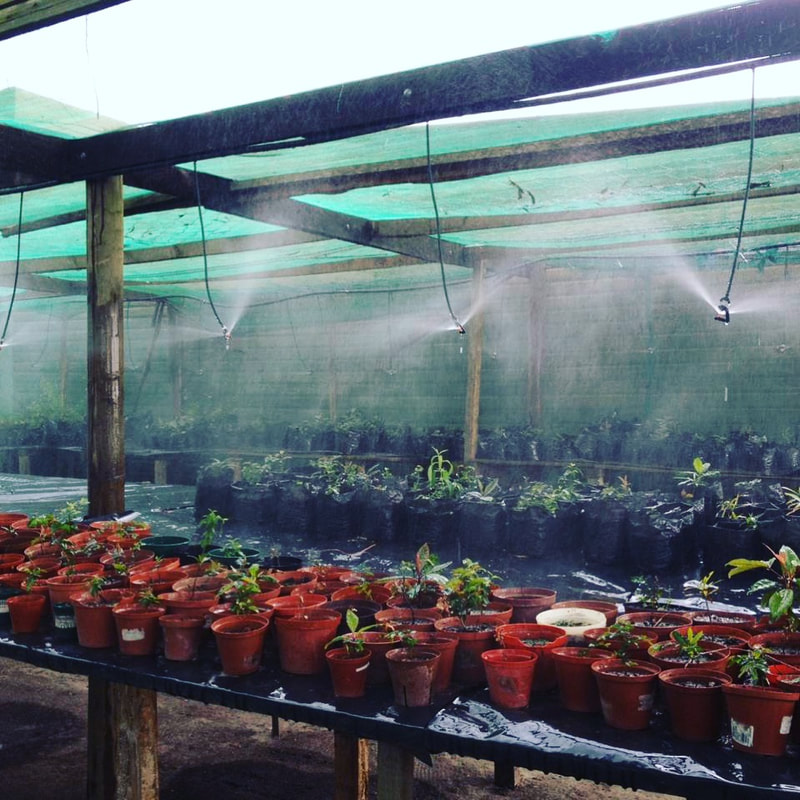
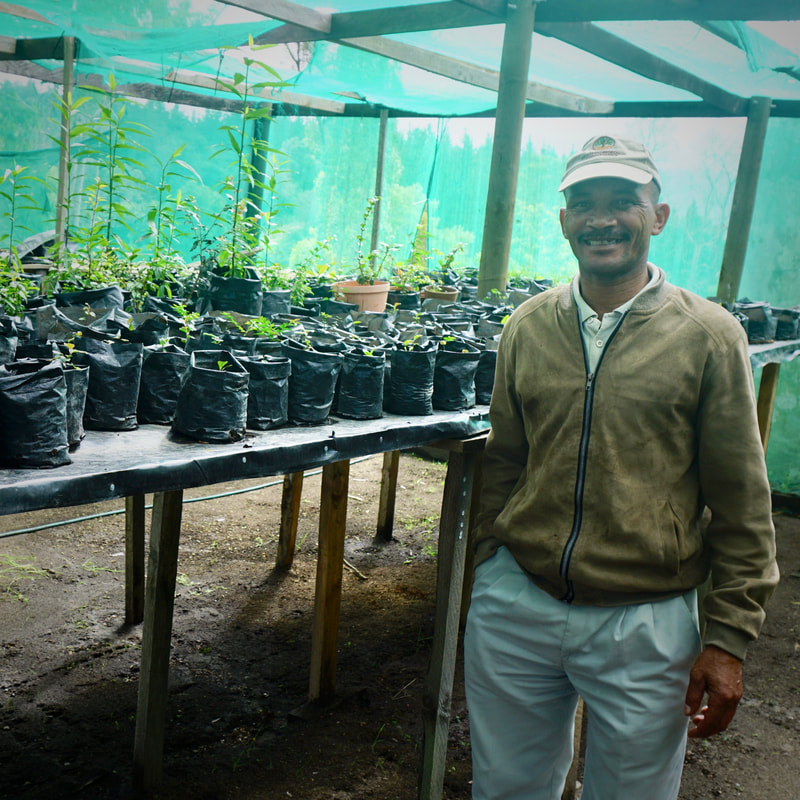
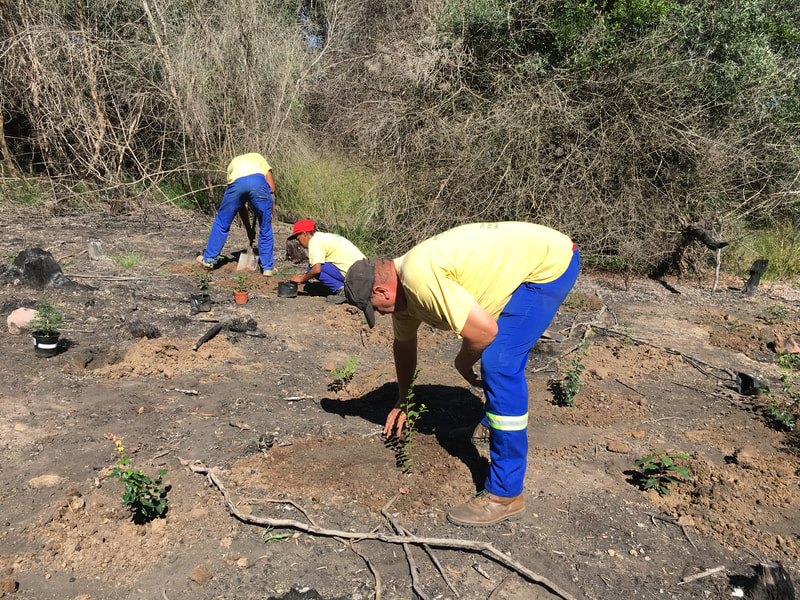
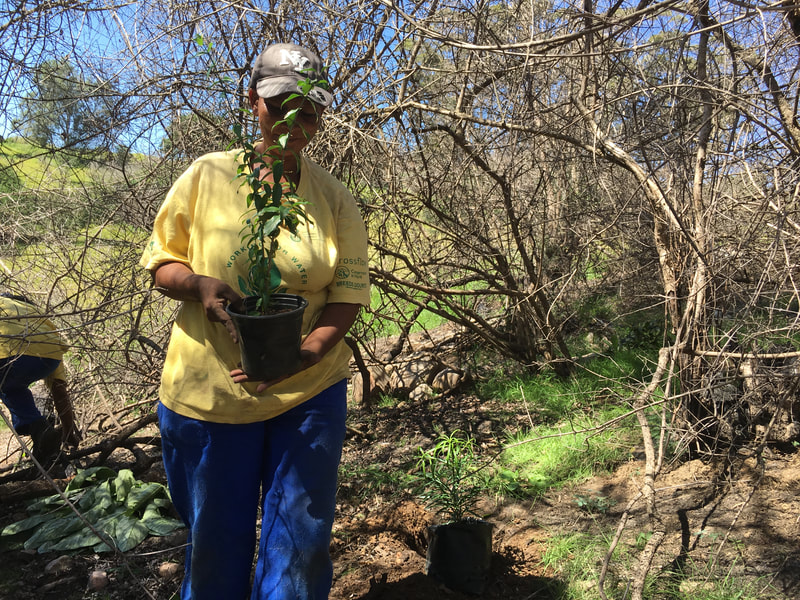
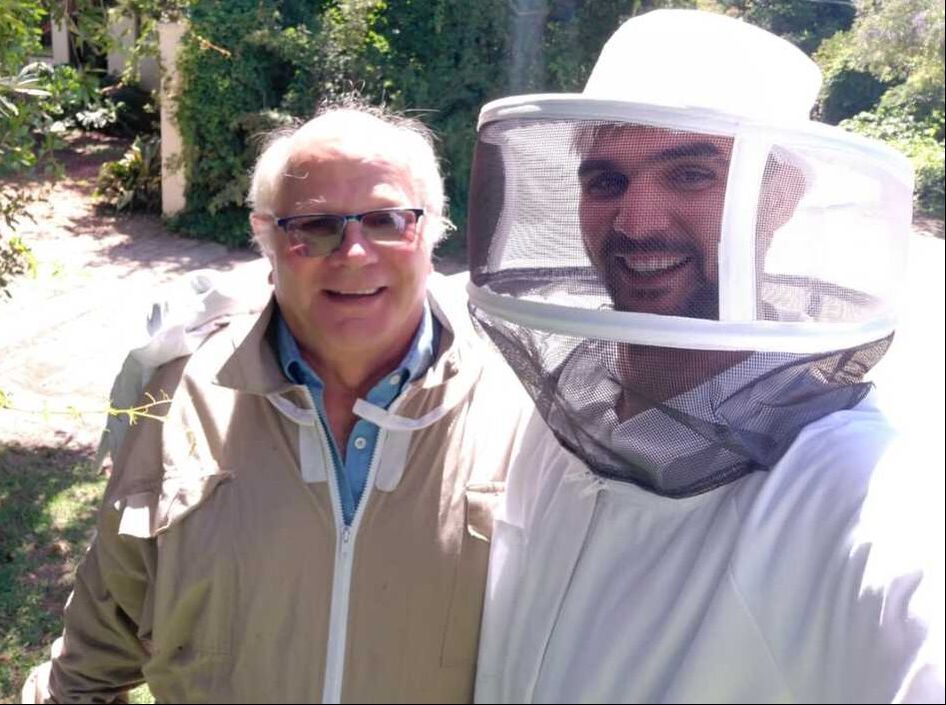
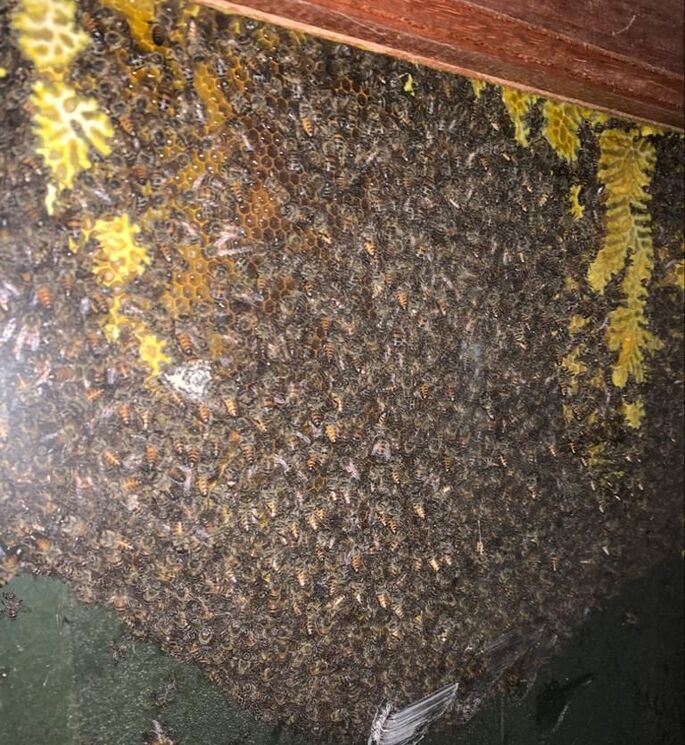
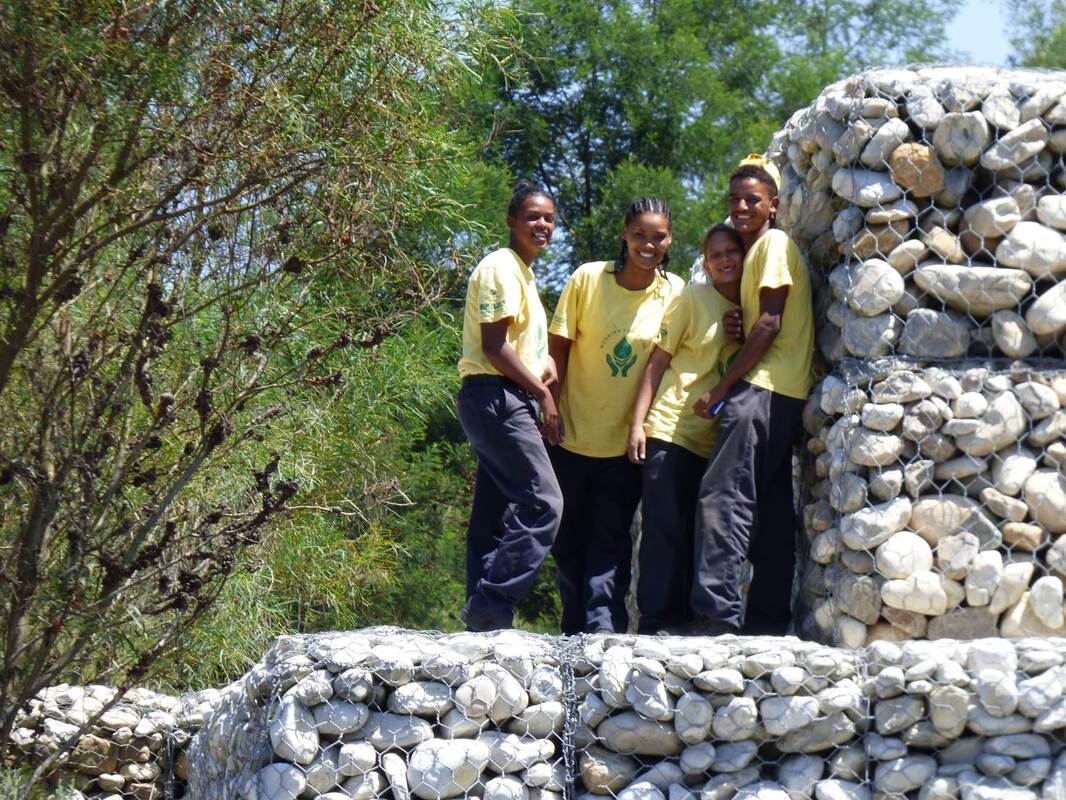
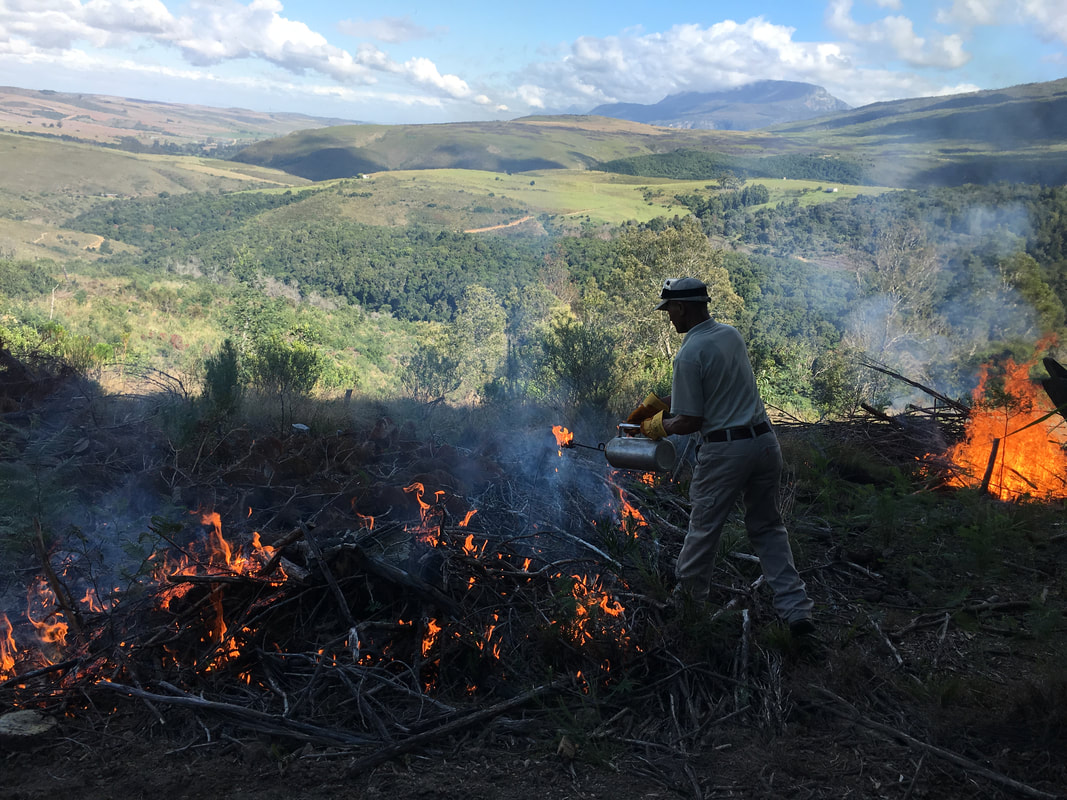
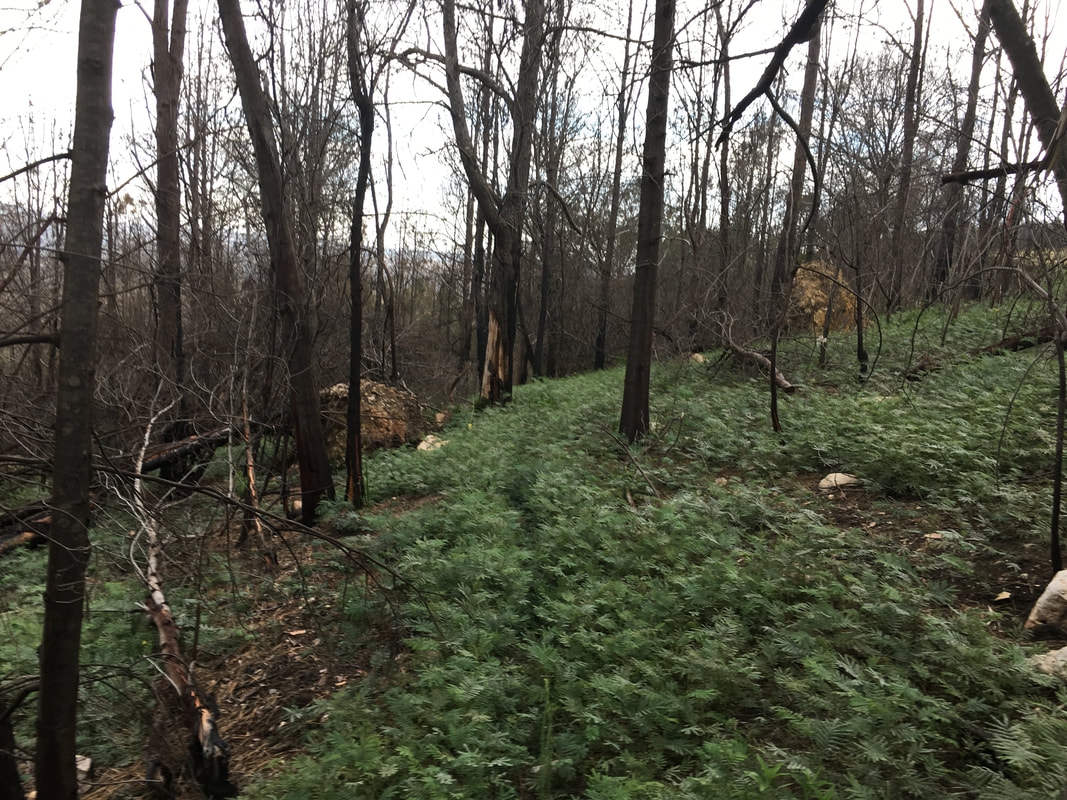
 RSS Feed
RSS Feed






